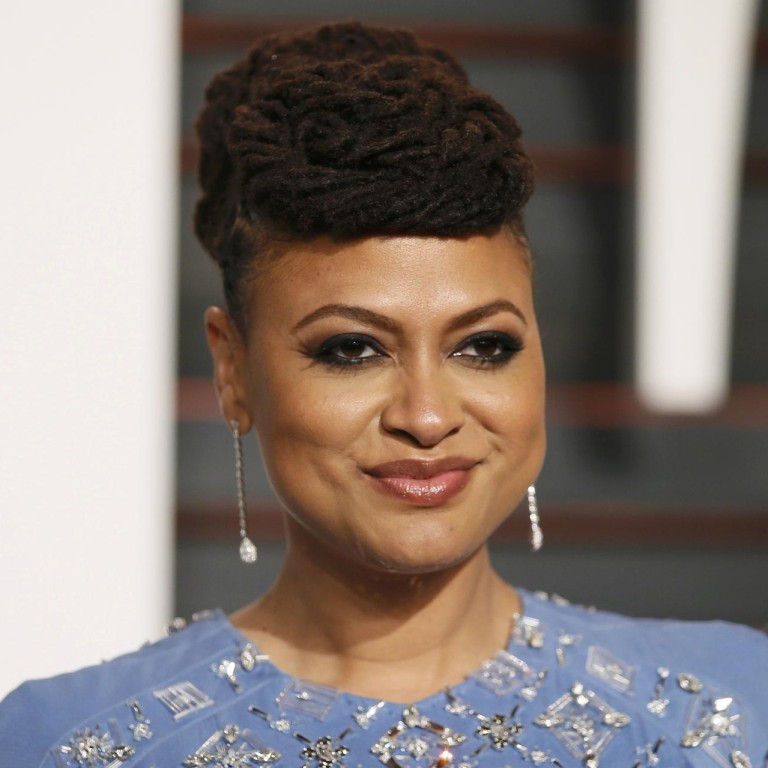
Note to Hollywood: we've arrived, say black women filmmakers
Three black women released films in 2014, more than ever before in a single year. But that's three films out of the 373 released in the US.
"The ecosystem of filmmaking is problematic for women and people of colour," says Stacy Smith, director of the University of Southern California's Media, Diversity and Social Change Initiative.
More than 95 per cent of the directors of top-grossing films during the past decade have been male, she notes. Looking at the top 700 films over a recent seven-year period, almost 90 per cent were white.
So while there's been a lot of talk about the lack of diversity among this year's Oscar nominees, the larger issue may be the lack of diversity among those telling the stories on the big screen. director Ava DuVernay, as a black woman, defied incredible odds with her film's best-picture bid. (The civil rights drama won best original song for .) But was it an exception?
"The push for me is that it doesn't stay an anomaly," says Gina Prince-Bythewood, writer and director of , which also earned an Oscar nod this year for its original song, .
"The Oscars are not the problem," adds the filmmaker, whose credits include 2008's and her 2000 breakthrough, . "It's more so Hollywood and the films that are being green-lit."
She finds the dearth of stories about women just as disheartening and black British director Amma Asante ( , 2013) agrees, noting that all of this year's eight best-picture contenders are about men. DuVernay is also the only female director behind a best-film nominee.
Asante, DuVernay and Prince-Bythewood credit coincidental timing and continued hard work for their accomplishments in 2014.
Asante also suggests the success of , and in 2013 may have contributed to their films being financed the same year. "We were lucky that they all got green-lit at a time when the films that came before us were showing that these films were important and they were attracting audiences," she says.
But there's no momentum if the number of women and people of colour behind the camera don't continue to increase, DuVernay says "Three is not enough … we're talking three in the hundreds of films that came out last year between the UK and the US," she says. "Unless [our success] equals more women being able to do the same thing next year - which legacy says is probably not going to happen - then we're still at the same place."
So how can non-white, non-male voices speak louder in Hollywood? Financing is often the first obstacle. Smith's research finds a general perception in Hollywood that stories by or about women are more niche than mainstream, and therefore less profitable. Asante laughs at that. "We're half the population," she says.
And recent blockbusters such as and franchise show large audiences will go to see female-led films.
The frustrating truth, the three directors say, is that the number of female filmmakers of any ethnicity in Hollywood has remained unchanged for the past two decades, hovering around five per cent.
But they insist women have to keep making movies, despite the odds. "Stop waiting for someone to say it's OK to move forward," DuVernay says. "You just have to find a way … You have to make it with what you have and by any means necessary." Be sure to make them good movies, adds Prince-Bythewood, since quality, heartfelt stories speak to everyone. "People do not go to the theatre out of guilt," she says. "A film should not be medicine … I want people to go to my films because they're good."
Even films with wide appeal across ethnicity and gender can be impeded by marginalised marketing, she says. , her contemporary story about a pop star who finds love outside the spotlight, was marketed almost exclusively to women, she says, even though early screenings were well received by both sexes.
"Let's not assume an audience is not going to respond to a film," she says. "Put it out there and make it enticing for men and women."
It just makes good business sense, Asante and DuVernay say. "When you allow a variety of people to … tell a story through their lens," Asante says, "you get … a more interesting variety of films."
Selma
